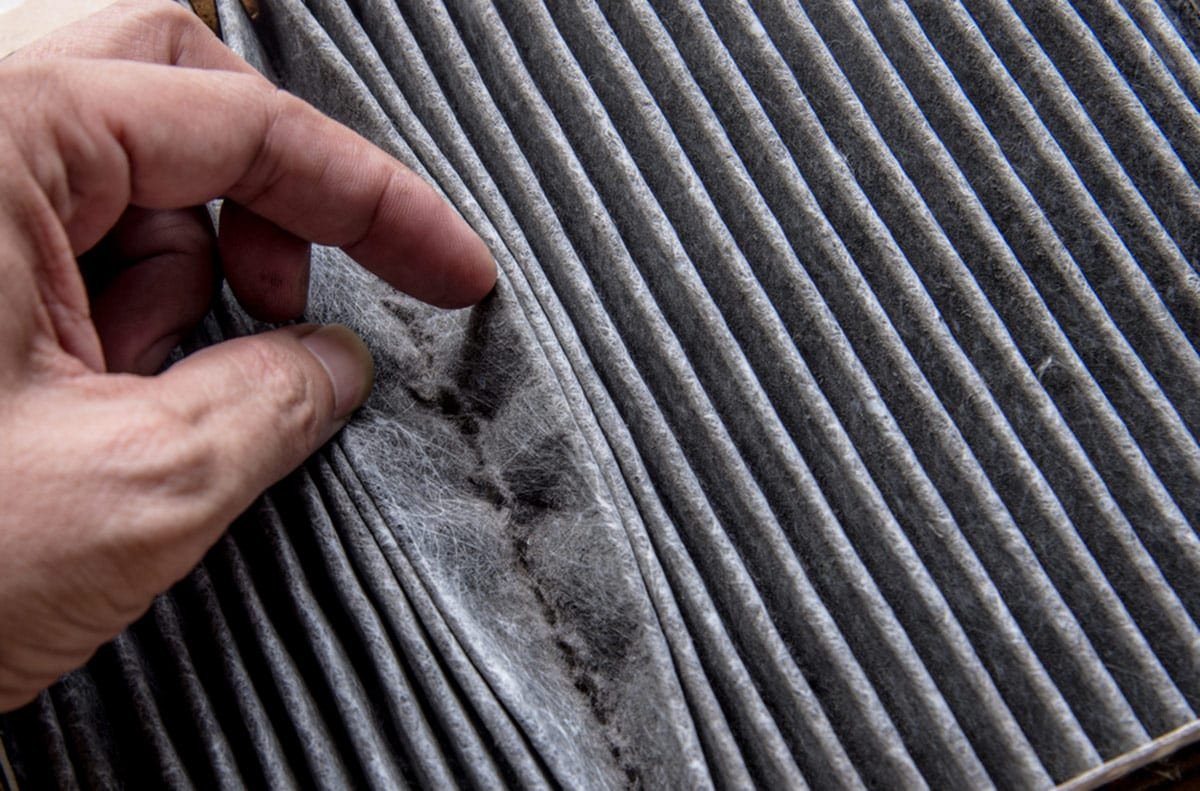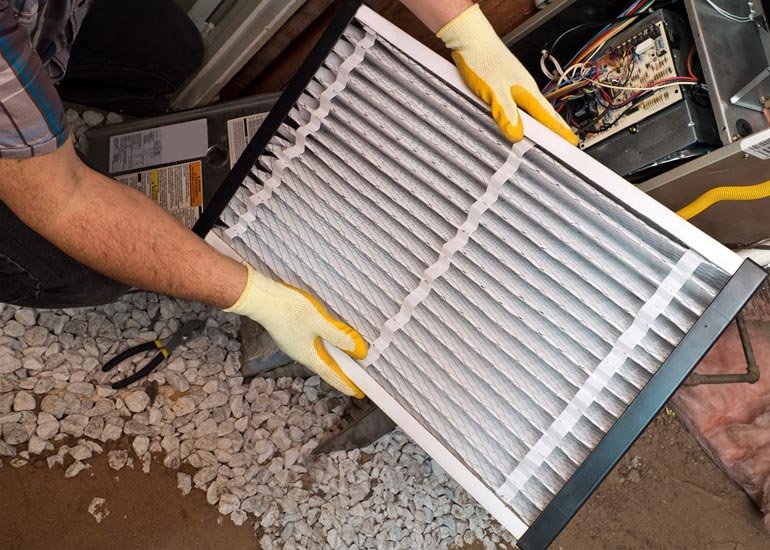All homes require ventilation, whether natural or mechanical. To improve energy efficiency, contractors now build airtight homes that receive very little natural ventilation. Thus, mechanical ventilation systems are essential to ensure that your home gets fresh air.
The popular choices for enhancing indoor air quality and reducing energy costs are the energy recovery ventilation system (ERV) and heat recovery ventilation systems (HRV). But which is best? This article focuses on HRV vs ERV.
Benefits of Mechanical Ventilation
Mechanical ventilation systems are essential nowadays for the following reasons:
Replenishes oxygen
As humans breathe, they drain oxygen. Without ventilation in an airtight home, we would feel lethargic.
Removes contaminants
Humans and buildings produce toxins. In an airtight home, there would be no method of removing these toxic chemicals.
Expels excess humidity
No one likes to live in a humid environment. Moreover, lower humidity levels enhance the durability of the home, improve energy efficiency, and prevent mould and mildew.
Between HRV and ERV, Which is the Best?
HRV and ERV devices operate similarly. They both supply air to the home and remove stagnant air in the areas with high humidity, including bathrooms and laundry rooms. Moreover, they ensure that more active rooms (e.g., bedrooms, bathrooms) receive additional fresh air. Finally, they both recover energy from the exhaust air.
The significant difference is that an HRV transfers heat while an ERV transfers heat and retains moisture in your home. In winter, moisture recovery helps keep your indoor air from becoming too dry. In summer, it prevents excessive humidity from entering your home.
When deciding which ventilation system is appropriate for your place, you shot consider some factors that we have further explain below.
Climate
If your region experiences dry and long winters, the best option to choose between HRV vs ERV should be the ERV systems. The ERV model retains humidity.
ERV systems tend to be the best option for such conditions as eliminating the excess humidity at your place. It is counterproductive to install a model system that allows some moisture to be present at your home.
During summer, ERVs tend to decrease the humidity at your place instead of the HRV model systems. It also reduces your energy as it needs the AC unit running rather than battling the HRVs moisture output.
In case you want your place to experience less humidity present in the surrounding air, you could use your ventilation system together with a dehumidifier.
Family size
When choosing the best ventilation system for you and your family, the home and family size is an essential factor to consider. A small home filled with many people creates more moisture in the surrounding air than a large house with fewer people living there.
More people in the house means plenty of showers and baths, more dishwashing, more laundry and more. Families that love to cook generate more moisture and heat in the kitchen. In addition, more people means the release of more significant quantities of carbon dioxide into the surrounding air.
Personal needs
Regarding HRV vs ERV, you could choose any system depending on your personal preference or needs. You should not choose the best approach for your house based on the climate only. You should be able to consider your own needs together with your family’s needs before choosing between the HRV and the ERV system for your place.
Before installing the system, you should consider whether any family member has allergies or asthma. Furthermore, dry air will cause nosebleeds or skin problems. You should ensure that you always consider your needs as the first thing before choosing the best ventilation system for you and your family.
Age of your home
The ERV systems are ideal for older homes that allow moisture to escape, i.e., pre-80’s. In contrast, HRV systems work well in modern airtight dwellings.
Heating system
Boilers are non-drying heating systems. As such, HRV systems work well in that environment. On the other hand, sealed combustion furnaces bring in dry air from the outside, lowering your humidity. Thus, they work well with ERV systems.
HRV vs ERV – Conclusion
The HRV and ERV operate similarly. They both supply air to the home and remove stagnant air while recovering energy from the exhaust air in the process. The primary difference is that an HRV transfers heat while an ERV transfers both heat and moisture.
The most suitable ventilation system for your home could come down to the heating system, the age of your home, family size, local climate, and other factors.









